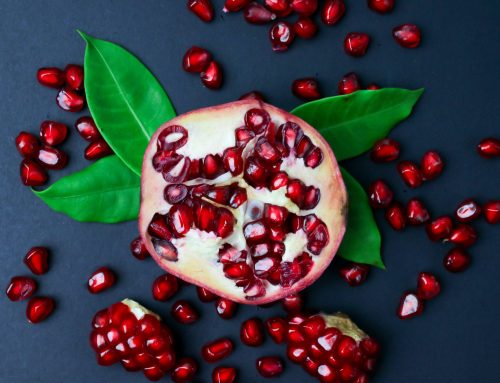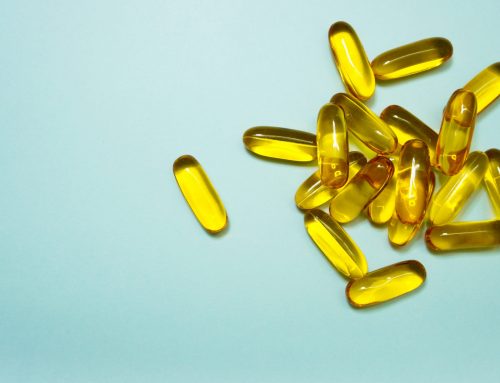Food labels at the grocery store can be difficult to understand. Many products make big promises that often turn out to hide that they are glorified junk food. Customer demand for nutritious products has caused companies to label their foods in new and increasingly confusing ways. Not every meal we eat will only be fresh vegetables, fruits, meats, and other whole foods. Processed foods can be a small part of your diet, but the labeling is intentionally confusing. Fortunately, there are ways to see through the clutter and identify foods that support your health.
The first tip is to try to ignore the front of the package claims. Statements such as “made with whole grains” or “made with real fruit!” are often hiding the fact that the first few ingredients are sugar or corn syrup. Gluten-free or paleo labels are helpful for those with certain food sensitivities or dietary restrictions but do not guarantee the product is healthy. A paleo or gluten-free cookie is still a cookie and likely has a ton of sugar and chemicals and still should be treated as a rare dessert.
The key to understanding the food you eat is to read the ingredient list. The goal is to recognize the items listed. Ingredients are listed in descending order by weight, so the first few items will comprise the bulk of the product. If the item starts with sugar, high-fructose corn syrup, or some chemical you don’t recognize, the product is not healthy. Ideally, the product will only have items that you understand and could otherwise buy in the store individually. Processed foods often have many preservatives packed into them that keep them stable and fresh on the shelf for months. While this may be convenient, those chemicals can be difficult for your body to process.
One sneaky trick to look out for is the serving size. Some items will claim that the item is two or four or even eight servings when in reality you are going to eat the whole thing at once. The claims of low calories or healthy snacks may not be valid if you are only supposed to nibble the edge. Also, if you are sensitive to salt or limiting sugars, the low value on the label can be misleading if you don’t account for the additional servings.
Sugar makes its way into processed foods in all sorts of ways. New forms of sweeteners are being created all of the time to avoid being labeled as sugar or not showing a calorie count. Naturally occurring sugars found in fruit or honey are quite different from added sugars like corn syrup and sucralose. But they are still sugar nonetheless. Sugar alcohols are still just sugars even if they don’t emit heat when burned and therefore are considered zero calories.
The artificial sweeteners are actually significantly sweeter to your tongue than sugar, by 200 to 20,000 times! Your body will therefore crave that sugary sweetness leading you to want more processed foods that are not delivering the best set of nutrients.
When buying processed foods, it is worth the effort to take a minute and read the ingredients and understand what is actually in the product you are buying. Unfortunately, the claims on the front can’t be easily trusted. By taking a few seconds and having a plan, you can make choices that serve your health needs. Note that the top foods are ones that don’t have a box or a label and these types of foods serve you the best.




